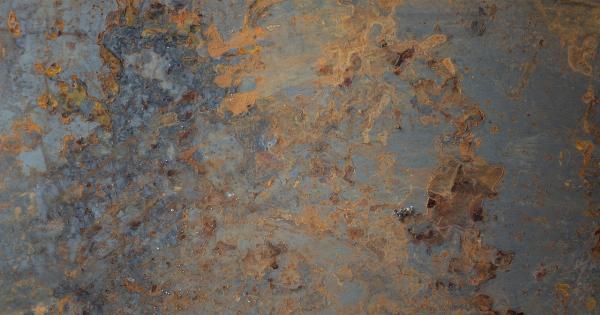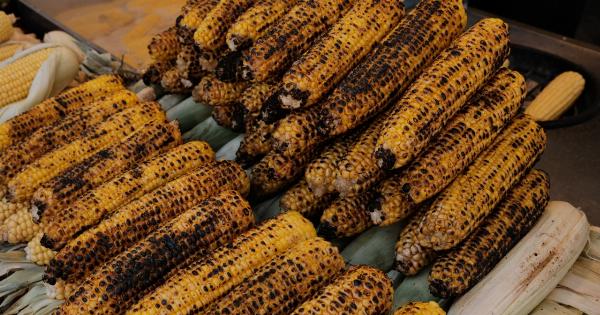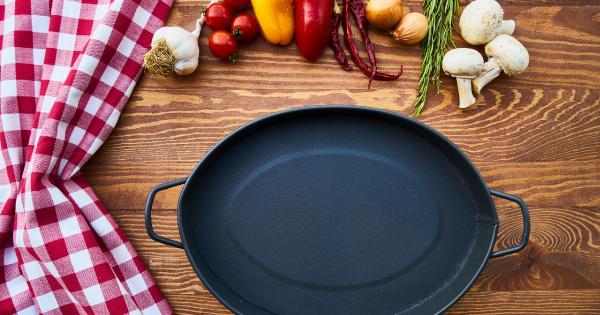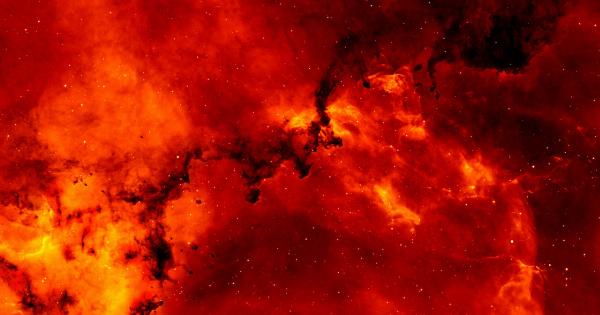Baking is more than just a delightful way to create tasty treats. Behind every perfectly risen cake or perfectly flaky pastry lies the fascinating science of baking. In fact, baking is essentially a physics lesson in how food cooks.
From the way heat is transferred to the chemical reactions that occur, let’s dive into the science behind the art of baking.
The Role of heat
One of the key components in baking is heat. When food is subjected to heat, a series of chemical reactions take place, leading to the transformation of raw ingredients into something delicious.
Heat is responsible for many changes that occur during baking, including:.
1. Heat Transfer
Firstly, heat is transferred from the oven to the food. This can occur through three main methods: conduction, convection, and radiation. Conduction refers to when heat is transferred directly from a hot surface to the food in contact with it.
Convection involves the transfer of heat through a medium, such as air or liquid. Lastly, radiation occurs when heat is transferred through electromagnetic waves, as in the case of heating in a microwave oven.
2. Denaturation of Proteins
As heat is applied, proteins in food undergo denaturation. This process causes the proteins to unfold and reorganize, leading to changes in texture and structure.
For example, when baking a bread loaf, the gluten proteins in the flour undergo denaturation, enabling the dough to rise and develop a soft and airy texture.
3. Gelatinization of Starches
Starches, commonly found in grains and root vegetables, also undergo changes when subjected to heat.
Gelatinization is the process in which starch granules absorb water and swell, leading to the thickening and setting of various baked goods such as custards and pies.
4. Maillard Reaction
The Maillard reaction is a complex series of chemical reactions that occur between proteins and sugars when exposed to heat. This reaction is responsible for the beautiful golden-brown color and the delicious aroma of baked goods.
Through the Maillard reaction, new flavor compounds are created, enhancing the taste of baked treats.
5. Leavening Agents
Leavening agents, such as baking powder or yeast, play a crucial role in baking. For example, when yeast is added to dough, it ferments the sugars present and releases carbon dioxide gas.
This gas gets trapped within the dough, causing it to rise and create a lighter and fluffy texture. Baking powder, on the other hand, reacts with moisture and heat to release carbon dioxide, providing the necessary lift to baked goods.
6. Oven Spring
Oven spring is a term used to describe the rapid rise of dough during the initial stages of baking. It occurs due to the expansion of gases trapped within the dough, primarily carbon dioxide released by leavening agents.
The heat causes the gas to expand, leading to a significant increase in volume.
7. Emulsification and Aeration
In baking, emulsification is the process of combining two immiscible substances, such as oil and water, into a stable mixture. This is commonly seen in cakes and pastries where fats, such as butter, are beaten with sugar and eggs.
Emulsifiers present in the fats help create a stable mixture and contribute to the texture and moisture retention of the final product.
Aeration refers to the incorporation of air into batters and doughs. This is often achieved by beating or whisking ingredients vigorously. The trapped air bubbles expand when exposed to heat, resulting in a light and fluffy texture.
8. Crystallization of Sugars
During baking, sugars present in the ingredients can undergo crystallization. This is particularly evident in the formation of a crisp crust or the tender crumb of baked goods.
The process of sugar crystallization is influenced by factors such as temperature, cooking time, and the presence of other ingredients.
9. Caramelization
Caramelization is a cooking process that involves the breakdown of sugars through heat. This process leads to the development of rich flavors and the characteristic brown color of caramel.
Caramelization is often desired in various baked goods, such as crème brûlée or caramel sauce.
10. Cooling and Setting
After baking, proper cooling and setting are essential for the final texture and structure of baked goods. During the cooling process, starches and proteins continue to set, allowing for a firmer and more stable structure.
If a cake or bread is not properly cooled, it can collapse or become dense.
Baking is truly a blend of art and science. Understanding the underlying physics of how heat transforms raw ingredients into delectable creations can greatly enhance your baking skills.
So next time you indulge in a freshly baked treat, remember the fascinating science that went into its creation!.






























